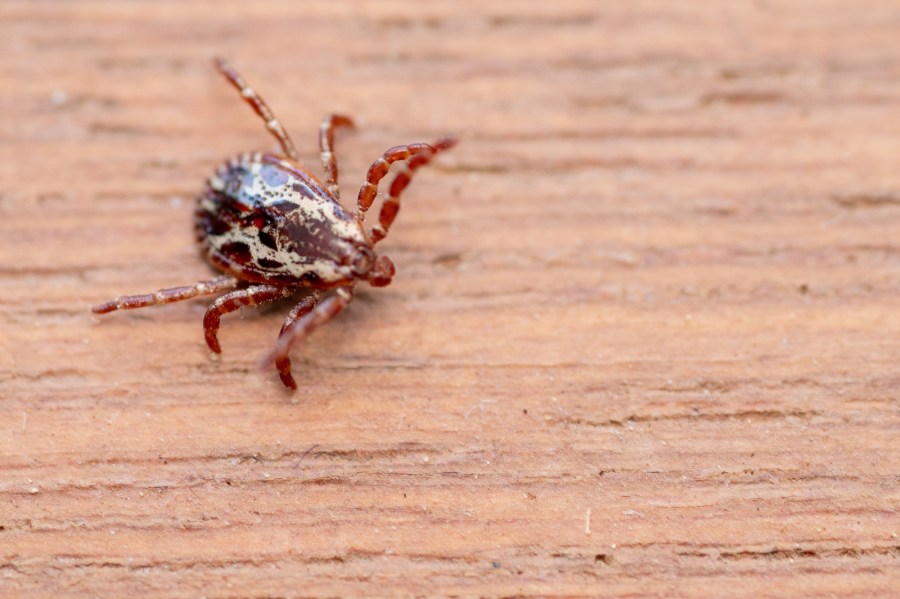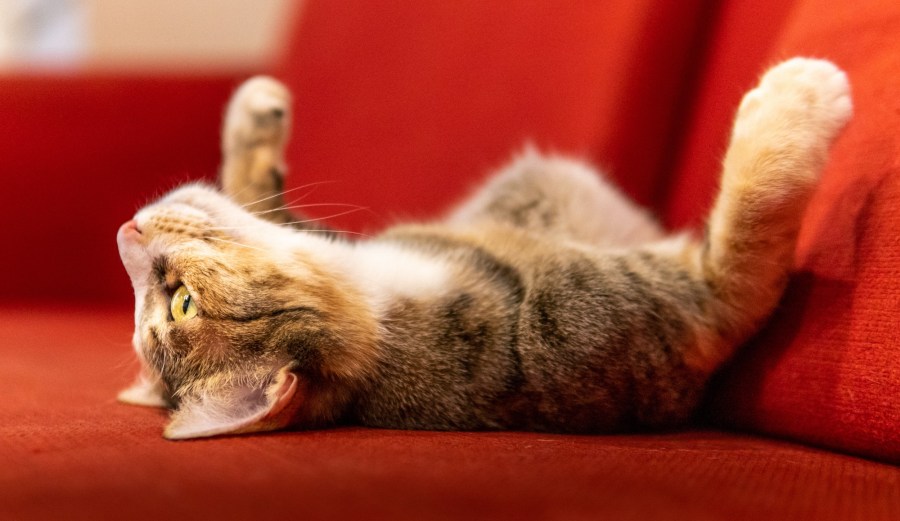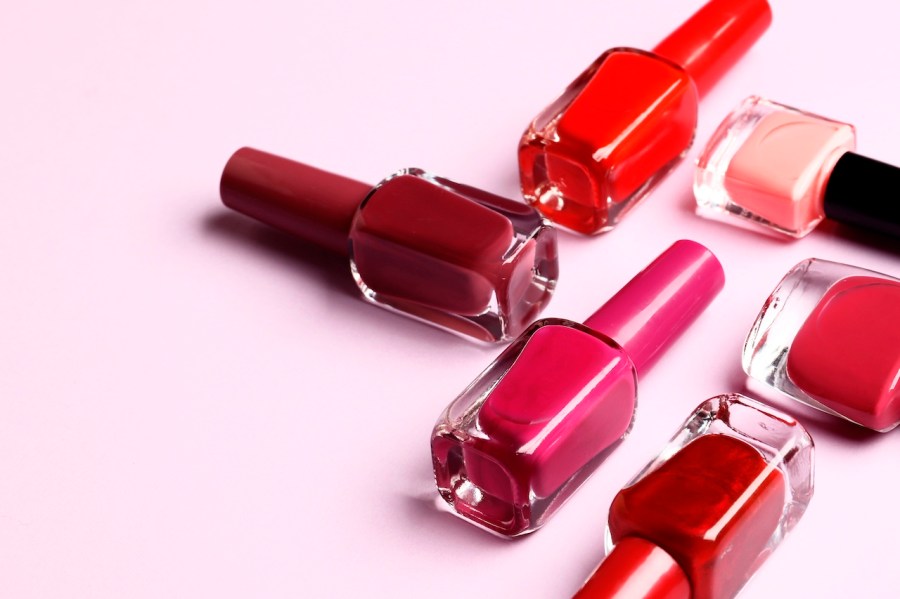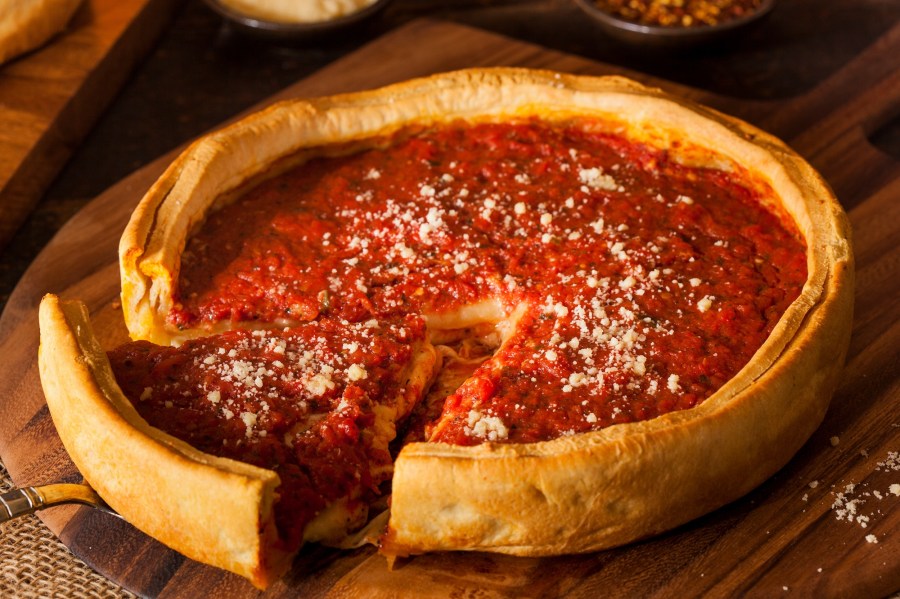5 Foods to Avoid With Overactive Bladder

In the U.S., an estimated 33 million adults have overactive bladder. Typically, overactive bladder comes with symptoms like sudden and urgent need to urinate, urinating more often, urinary leakage, and urinating while sleeping. For those who have overactive bladder, it’s common to experience discomfort, stress, and even embarrassment. Fortunately, some lifestyle changes, such as diet changes, can potentially help reduce your symptoms. With that in mind, here are five foods to avoid with overactive bladder.
Caffeinated Drinks
Caffeinated drinks like coffee, tea, and soda can lead to increased bladder activity, which often exacerbates the symptoms of overactive bladder. The sense of urgency to urinate and frequency of urination may increase. Additionally, incontinence can become more of an issue.
Your doctor may recommend that you try to forgo caffeinated drinks to see if that helps your overactive bladder symptoms. You should also check your daily medications for caffeine, because some medications like those for migraines do contain caffeine. For those who are especially sensitive to caffeine, you can also cut out non-caffeinated alternatives – such as decaf coffee or tea – because these may include small amounts of caffeine.
The other acidic fruits to avoid include cranberries and pineapple. It’s best to skip them as well if you’re going to try cutting citrus from your diet. After a few weeks of cutting these out, you should see your symptoms improve. If this doesn’t help, you can add these fruits back into your diet and try cutting out something else.
Tomatoes and Tomato Products
Tomatoes – and products containing tomatoes – are acidic, with a natural pH value typically in the 4.3 to 4.9 range. As a result, they can be bladder irritants, leading to more overactive bladder symptoms.
Along with avoiding tomatoes – both raw and cooked – it’s best to bypass products that contain tomatoes. That can include pasta and pizza sauce, as well as ketchup, barbecue sauce, and salsa.
Tomatoes that are canned can be even more problematic for people with overactive bladder, too. Those might include the addition of lemon juice or citric acid, for example, and those additions could further irritate the bladder.
Chocolate
Chocolate can exacerbate overactive bladder symptoms, so your doctor may recommend that you try cutting this out of your diet. Chocolate and other dairy products like cheese, sour cream, and yogurt can be irritating to your bladder. You can try replacing these with white chocolate, cottage cheese, and frozen yogurt. After cutting chocolate and dairy from your diet for a few weeks, you should see an improvement in your overactive bladder symptoms. If you don’t, then you can add it back in and try cutting out something else.
Carbonated Drinks
There is some research to suggest that carbonated drinks can make overactive bladder symptoms worse. These may include soda, seltzer, and carbonated energy drinks. If you drink carbonated drinks regularly, you might try cutting those out of your diet to see if it helps your symptoms. As with all of these dietary changes, you will need to give your body time to respond to the change, so stick with it for several weeks. If you don’t notice that it has helped after that time, you can add it back into your diet.
Next Steps
There are different medical causes of the symptoms of overactive bladder. If you’re having symptoms like peeing more often, feeling a sudden urge to pee, and peeing at night, you should talk with your doctor. It is important to get the right diagnosis and treatment plan. For some people, it’s possible to treat overactive bladder with lifestyle changes alone, while for other people medications are needed. In addition to the dietary changes mentioned above, your doctor may recommend that you lose weight, stop smoking, keep a journal of your urination schedule, or do physical therapy for bladder training. If you currently live with overactive bladder, don’t lose hope – you have options and your doctor can help you.
Medical content reviewed by Brittany Stopa, MPH.
Further Reading:
- Cleveland Clinic. “Overactive bladder.” Last reviewed 13 Sep 2022. https://my.clevelandclinic.org/health/diseases/14248-overactive-bladder
- Nandy S, Ranganathan S. Urge Incontinence. [Updated 2022 Sep 19]. In: StatPearls [Internet]. Treasure Island (FL): StatPearls Publishing; 2023 Jan-. Available from: https://www.ncbi.nlm.nih.gov/books/NBK563172/
- Lohsiriwat S, Hirunsai M, Chaiyaprasithi B. Effect of caffeine on bladder function in patients with overactive bladder symptoms. Urol Ann. 2011 Jan;3(1):14-8. doi: 10.4103/0974-7796.75862.
- Wyman JF, Burgio KL, Newman DK. Practical aspects of lifestyle modifications and behavioural interventions in the treatment of overactive bladder and urgency urinary incontinence. Int J Clin Pract. 2009 Aug;63(8):1177-91. doi: 10.1111/j.1742-1241.2009.02078.x.
- Brigham and Women’s Hospital Urogynecology Group. “Dietary Bladder Irritants to the Bladder.” Updated 28 Sep 2015. https://www.brighamandwomens.org/assets/BWH/obgyn/pdfs/bladder-irritants.pdf
MORE FROM faqtoids.com

LIFESTYLE
Tick Identification 101: How to Spot and Differentiate Common Tick Species

LIFESTYLE
What to Expect from a High-Quality Cat-Only Boarding Experience

LIFESTYLE
What to Expect from Professional Saxophone Repair Services Near You

LIFESTYLE
Convenience at Your Fingertips: How to Find the Closest Nail Salon

LIFESTYLE
The Ultimate Guide to Choosing the Perfect Pizza Restaurant
